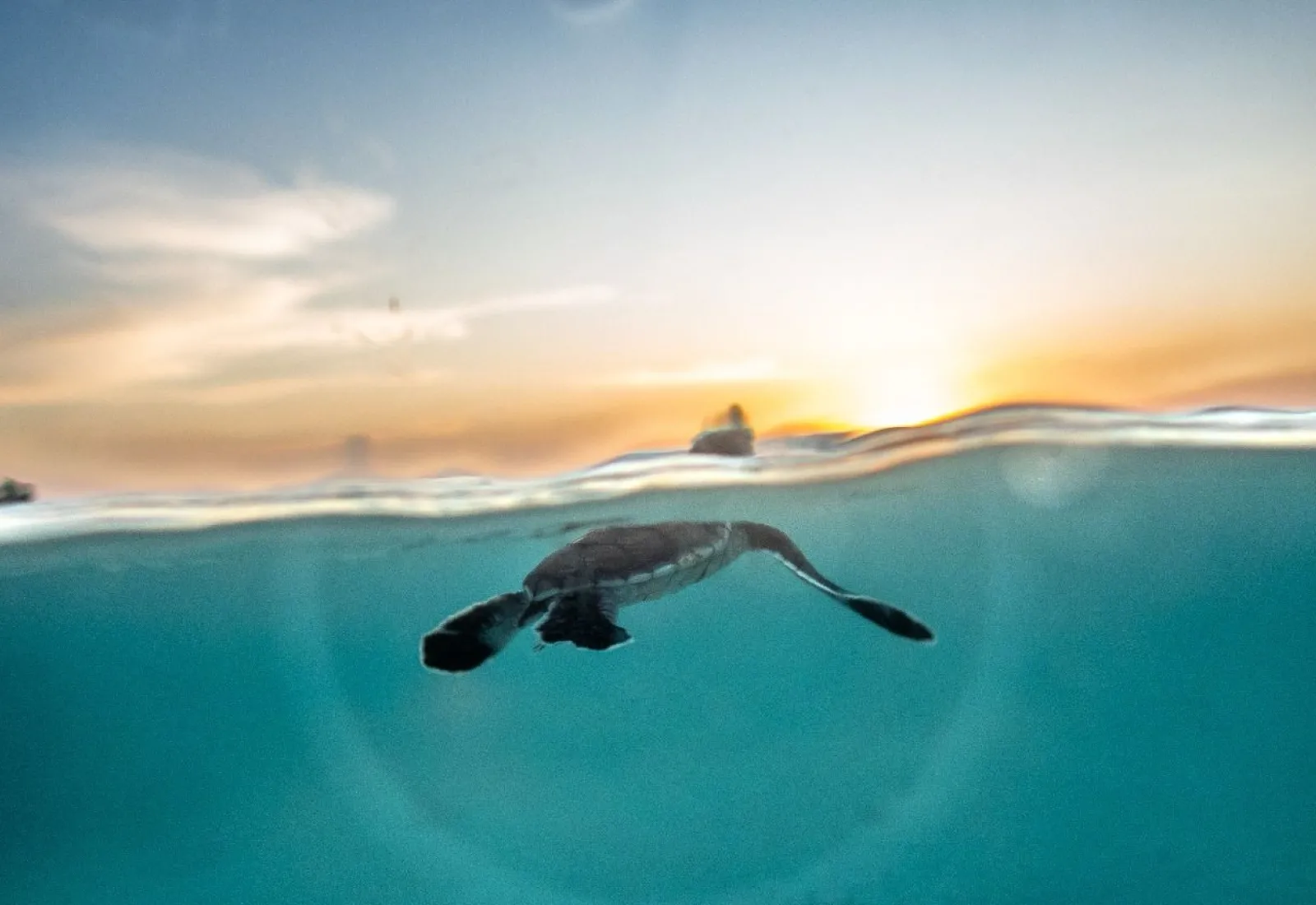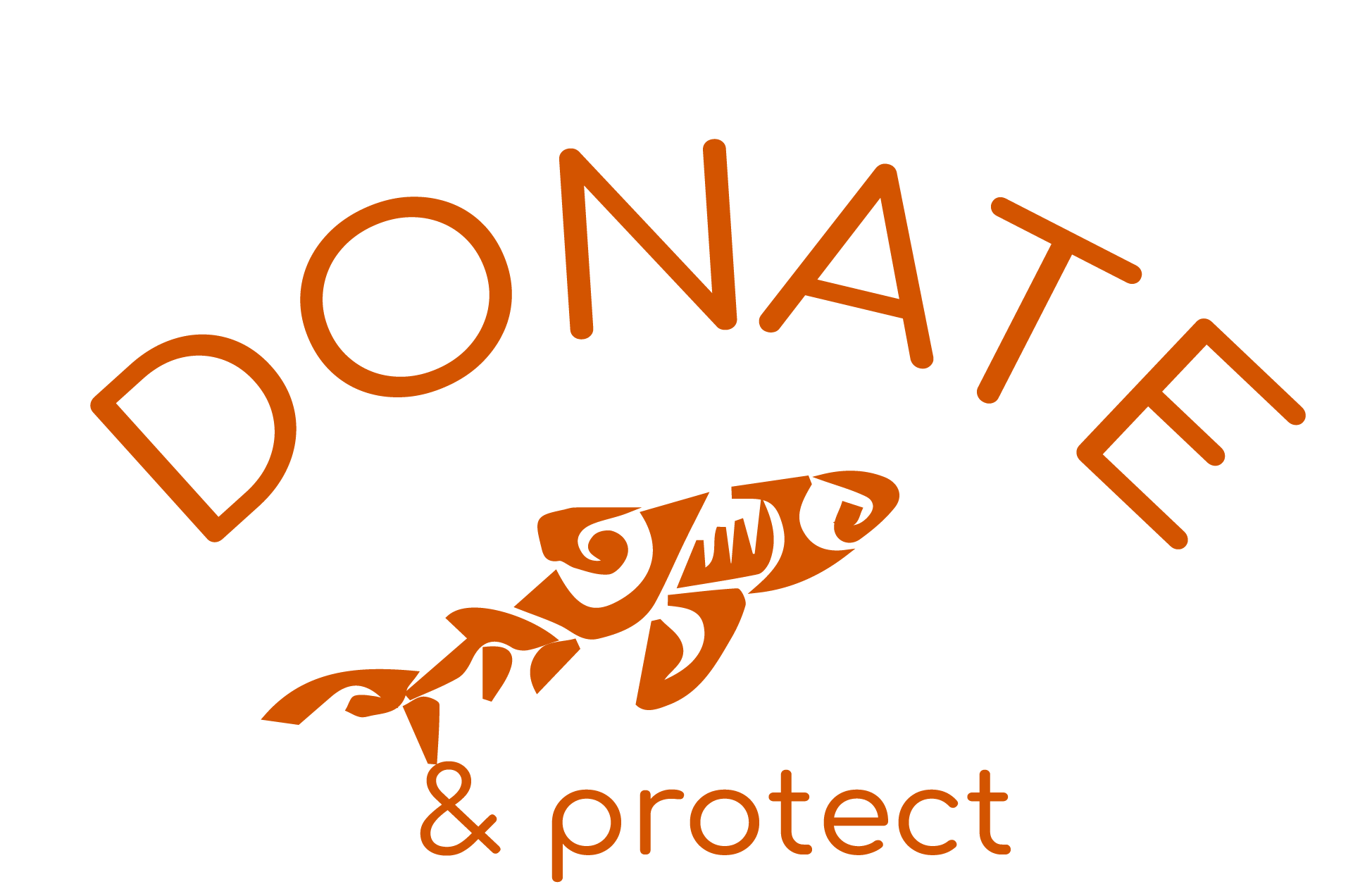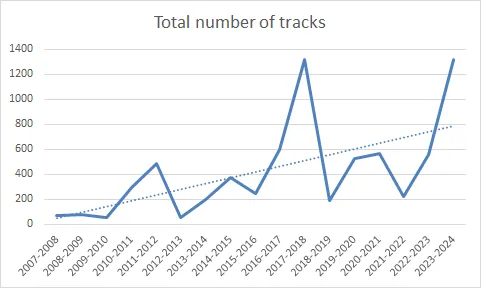
Te Mana o Te Moana has monitored the nesting of green sea turtles on Tetiaroa atoll's beaches for 17 years. Over this time more than 7 000 tracks have been reported and more than 300 different females identified.
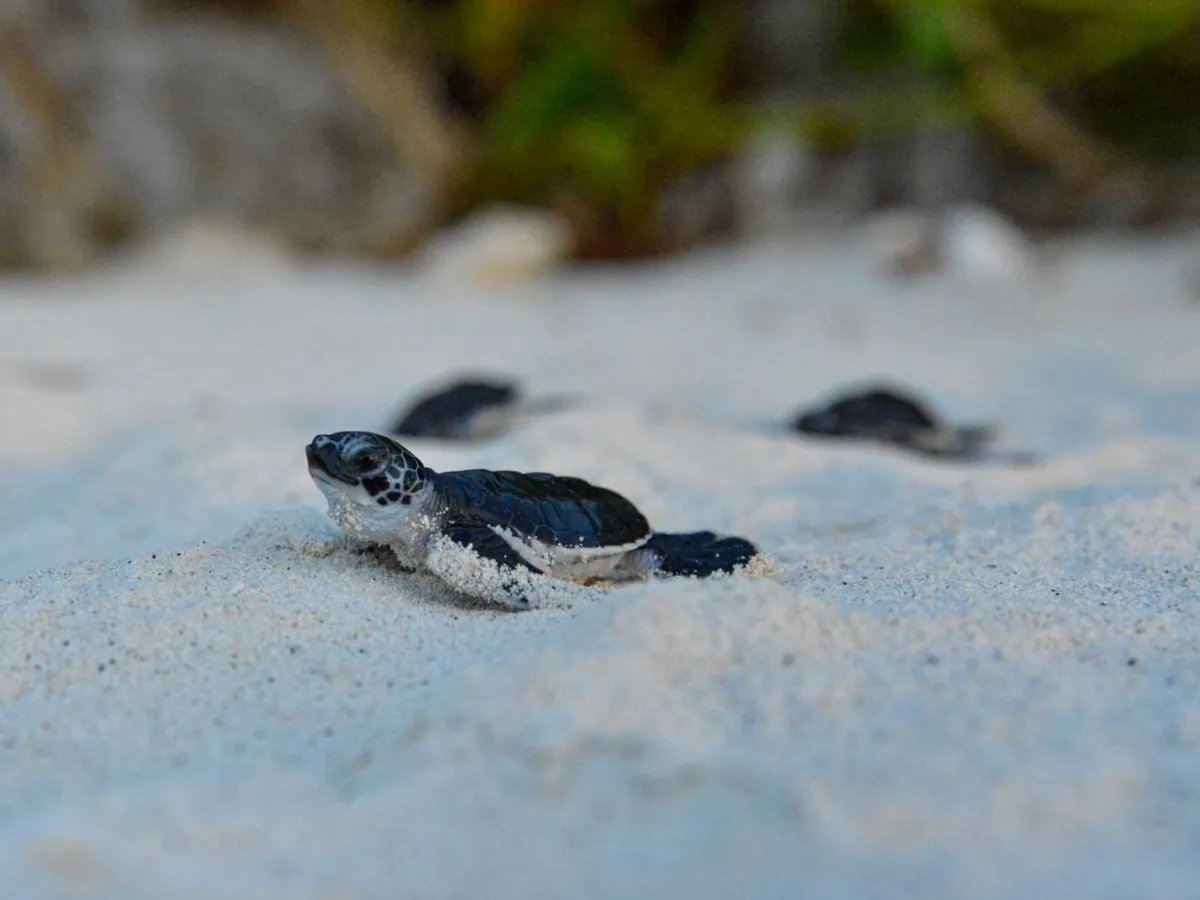
Nesting site surveys are done every year by our team, collecting data on: female identifications (photo-identification, tags on front flippers, genetic samples), nesting parameters, tracks monitoring, nest excavations (depth, incubation days, number of eggs laid, hatching success, embryonic development success, number of hatchlings, genetic samples) and the identification of predators. The study of climate change impacts is also carried out through the study of sex-ratio, erosion, and flooded nests.
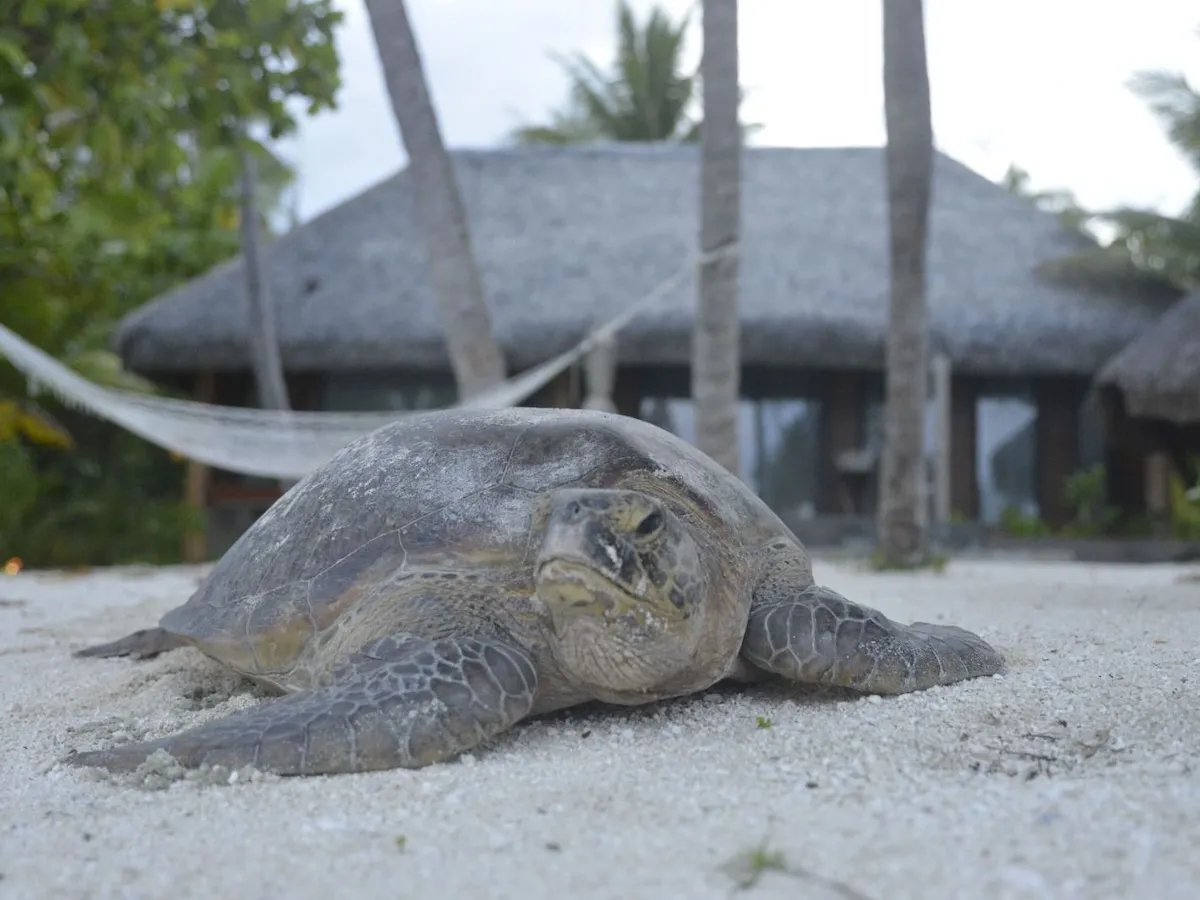
During the 2022-2023 nesting season, 559 tracks have been reported including 154 nests. Onetahi was the most frequently visited motu compared to previous seasons where Horoatera or Tiaraunu were mostly visited. 30 different females have been identified: 4 of them have been identified in previous seasons.
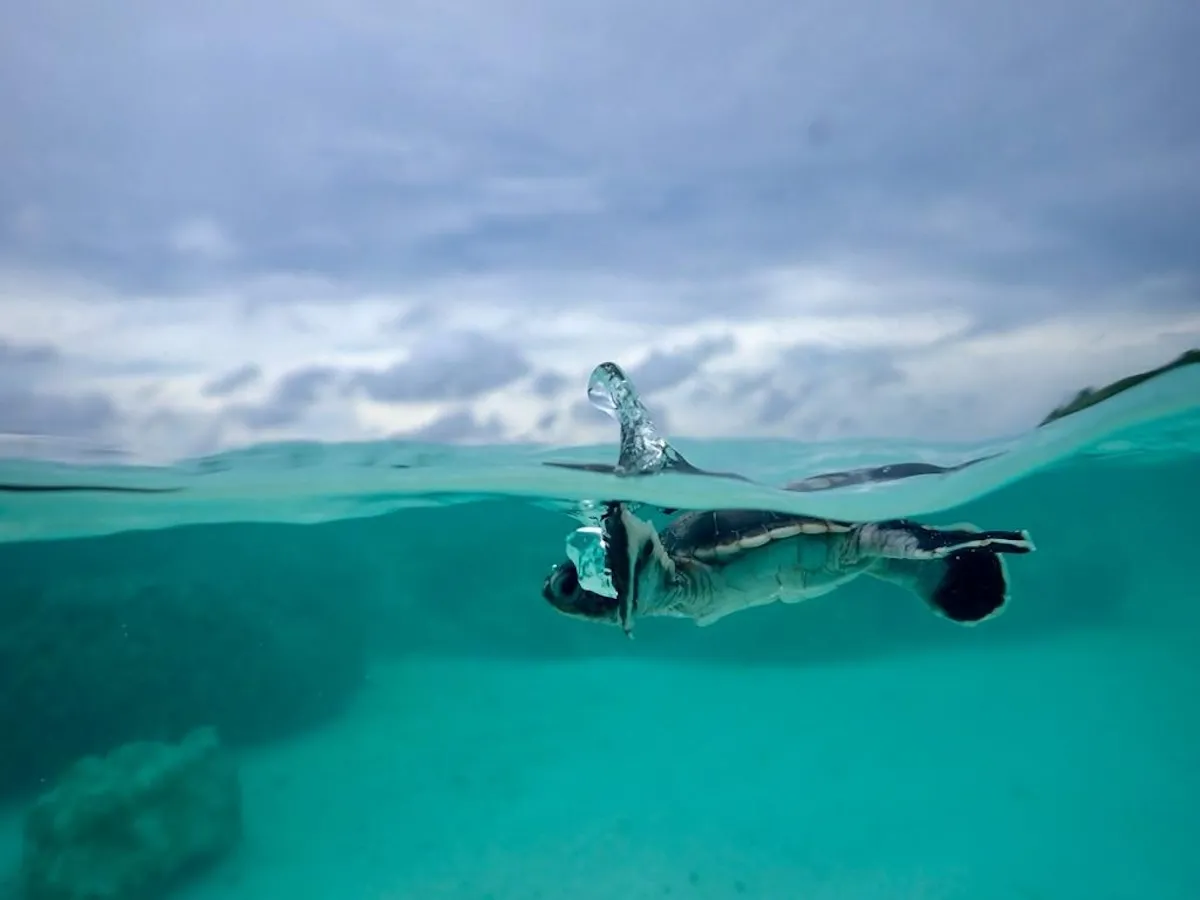
The beginning of the 2023-2024 season seems to predict a high number of nests for this season. Currently, 1300 tracks are reported with 201 confirmed nests and 459 probable nests. 62 females are identified and 10 of them were recaptured from previous seasons. Due to different episodes of heavy swell, lots of flooded nests have been delocalised or submerged and there are big steps of erosion that have been created along some beaches where they come to lay their eggs.


